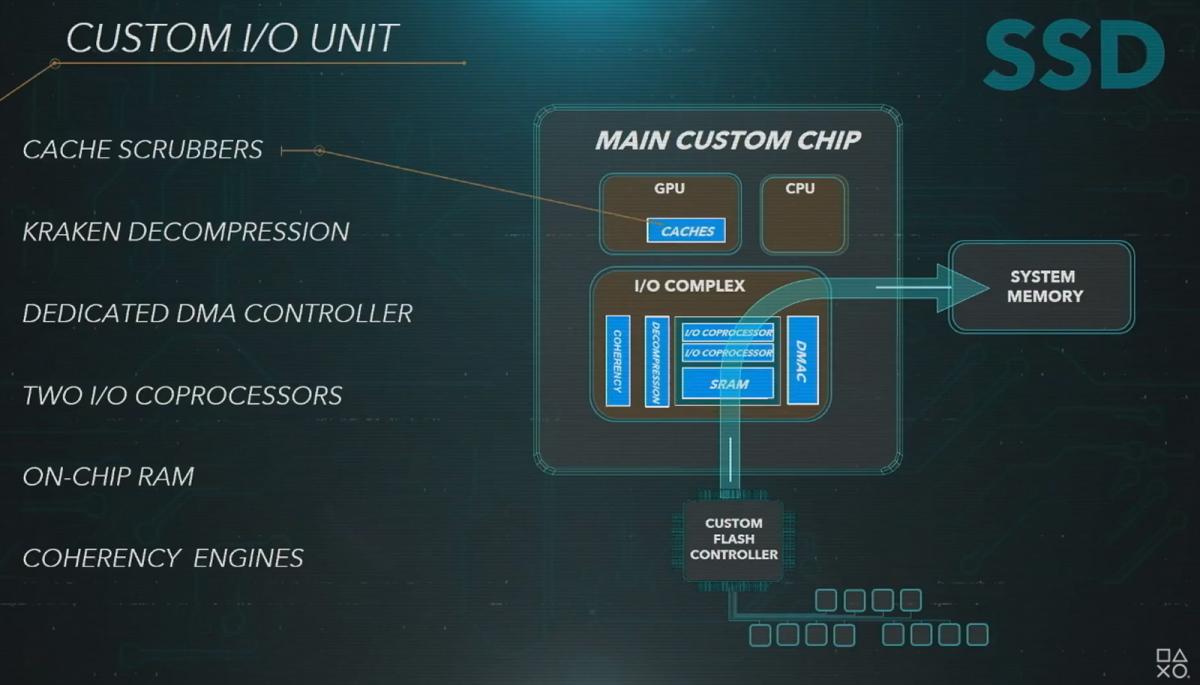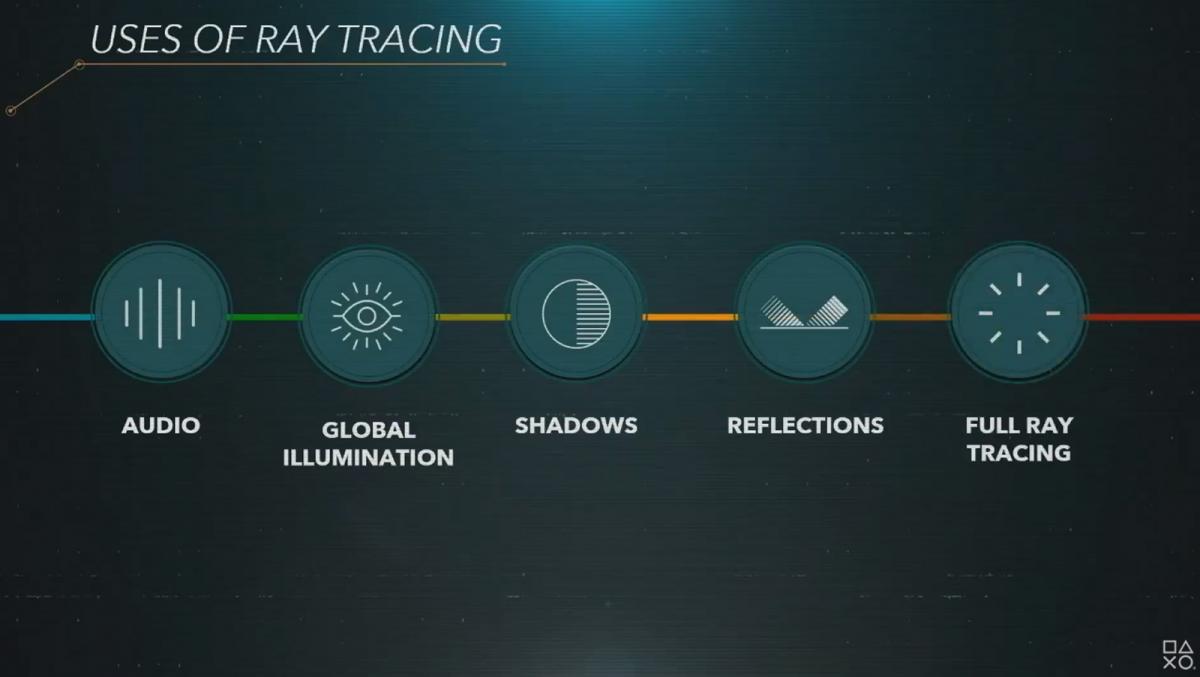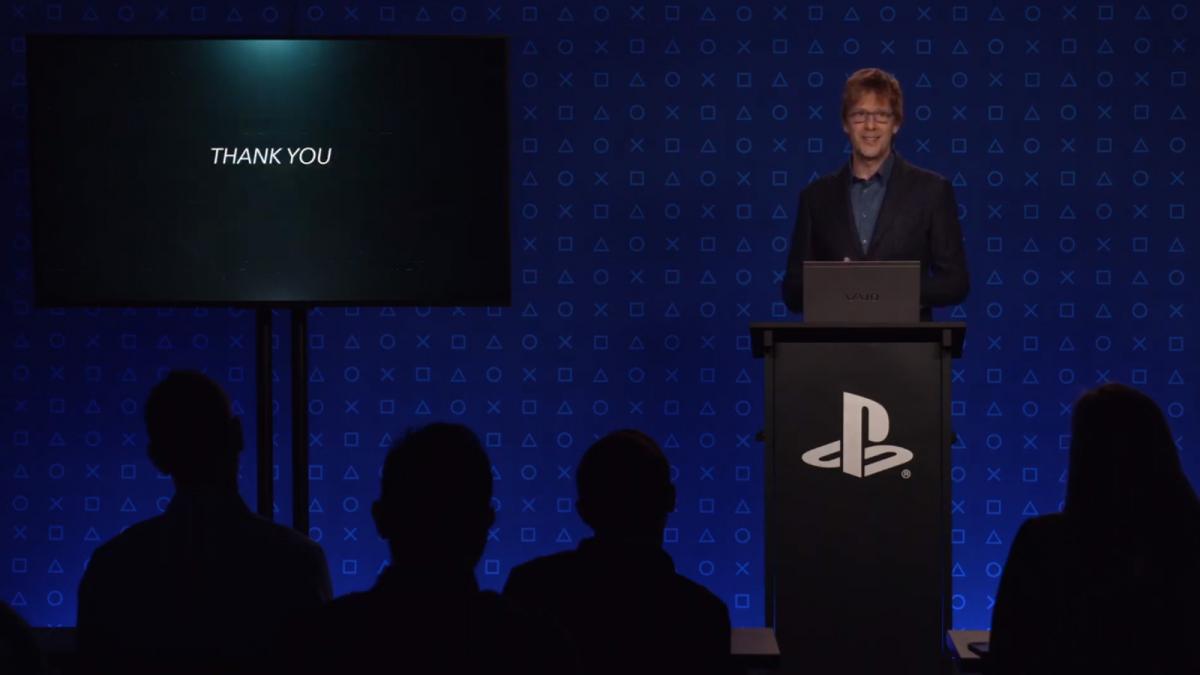






As promised yesterday, Sony today has been sharing news about the PlayStation 5 in regards to its hardware architecture. It is everything you expected it to be, and then some.
PlayStation 5 is based on eight CPU cores (AMD’s third-gen ZEN2 Ryzen line) and a custom GPU based on custom AMD’s Radeon Navi hardware (in the presentation the presenter actually stated 9 cores at one point but we assume that was a mistake). Sony works with AMD on the hardware processing side of the console, fitting it with "Zen 2" CPU cores similar to the processor cores of the current Ryzen 3000 generation desktop processors. The processor thus holds eight ZEN2 cores, we assume SMT (Hyper-threading) enabled as that would account for 16 logical processors or threads.
The GPU is 4K UHD gaming capable and offers real-time ray-tracing, and yes it is also based on RDNA2 graphics architecture. Raytraced shadows and reflections will be supported, much like what you see now with NVIDIA based RTX cards. Sony claims impressive performance with a small hit on performance only. It will feature real-time ray-tracing hardware optimized for DXR 1.1 and supports geometry and primitive shaders.
The GPU is listed having 36 (new Xbox actually has 52) compute units, if the shader clusters hold 64 units per cluster (and we're pretty certain of that) then that accounts for 2304 shader processors for PS5 running at clock frequencies that can hit 2230 MHz on the GPU and 3.5 GHz on the processor cores (max boost values). Both the CPU and GPU will thus get variable (boost) frequencies, much like we have had for years on our desktop PCs. For the GPU that also means different as game and max boost frequencies. We think the GPU will be more at a sub 2 GHz 'game clock' rather than that (really impressive) 2230 MHz. This is an interesting clock frequency to learn from with BIG NAVI in mind eh? Anyway, that brings the new console towards 10.3 TFLOPs of compute perf (GPU), where the Xbox claims 12 TFLOPS.
The memory subsystem is based on 16 GB of GDDR6 memory shared in-between the System and GPU. The presence of an SSD drops the need for normal memory. Storage wise the PS5 will get an ultra-fast SSD based on a 12-channel controller. That is NVMe M.2 based, and also based on PCI-Express 4.0. This will bring 5.5 GB/s peak sequential transfer rates towards the PS5 (in the presentation referred to as storage bandwidth).
The SSD is 825 GB in size but can be expanded with another M2 SSD. You can install certified M.2 SSDs as extra storage, they need to be as fast as the standard SSD in the PS5 and thus PCIe 4.0 compatible as well. 3D audio is also a big part of the new PS5. The new PS5 development kits will go out to developers late this year.
When we chart things up and compare, this is the spread:
| PlayStation 5 | Xbox Series X | |
| Processor | 8 custom Zen2 cores (with SMT?) | 8 custom Zen2 cores with SMT |
| Speed | 3.5 GHz (variable) | 3.8 GHz (3.66 GHz with SMT enabled) |
| GPU | 36xCU @ 2.23 GHz (variable) | 52xCU @ 1825 MHz |
| GPU computing power | 10.28 TFlops | 12.15 TFlops |
| Memory | 16 GB GDDR6, 256-bit | 16 GB GDDR6-320 bit (mixed config) |
| Memory bandwidth | 448 GB/s | 10 GB @ 560 GB / s 6 GB @ 336 GB / s |
| Storage | 825 GB, custom pci-express 4.0 ssd | 1 TB, custom nvme-pci-express 4.0 ssd |
| I/O throughput | 5.5 GB / s (raw), 9 GB/s (compressed) | 2.4 GB/s (raw), 4.8 GB/s (compressed) |
| Optical Drive | Blu-ray (4k-UHD) | Blu-ray (4k-UHD) |
| Performance goal | 4k @ 60fps, up to 120fps | 4k @ 60fps, up to 120fps |
Pricing or an actual release date has not been detailed, but yes both the new Xbox Series X and Playstation 5 are becoming serious competitors towards the PC Gaming desktops, as the hardware most definitely is impressive. We have to say it though, the Xbox Series X seems to have been dealt the better cards hardware wise.